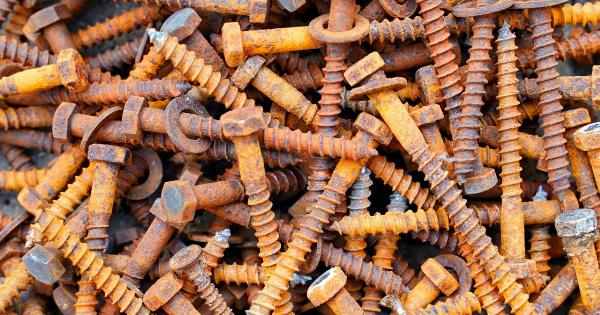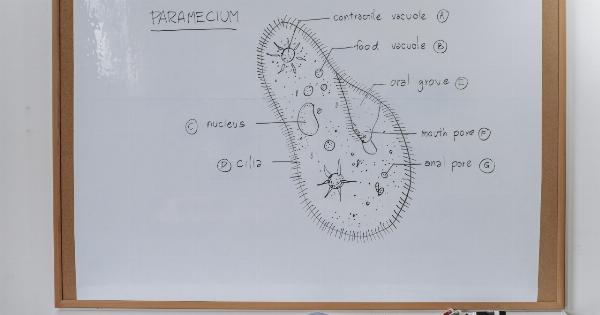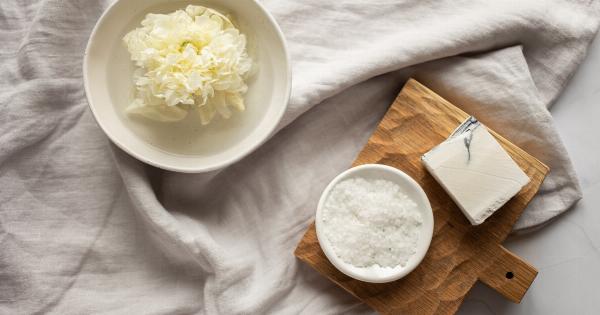Living with joint pain can be incredibly challenging and can greatly affect your overall quality of life. Whether it’s due to arthritis, injury, or a chronic condition, finding ways to manage and combat joint pain is essential for your wellbeing.
Thankfully, there are several strategies and lifestyle changes you can implement to alleviate discomfort and improve joint mobility. In this article, we will explore ten helpful tips to combat joint pain effectively.
1. Stay Active
Physical activity might be the last thing on your mind when you’re dealing with joint pain, but regular exercise is crucial for joint health.
Low-impact activities like walking, swimming, or cycling can help strengthen the muscles surrounding your joints, providing better support and stability. It’s advisable to consult with a healthcare professional or physical therapist to develop an exercise routine tailored to your specific needs.
2. Maintain a Healthy Weight
Excess weight can add significant stress to your joints, exacerbating joint pain and discomfort. By maintaining a healthy weight or losing excess pounds, you can reduce the strain on your joints and potentially alleviate pain.
Combine a balanced diet with regular exercise to achieve a healthy weight, effectively reducing joint stress in the long run.
3. Apply Heat or Cold Therapy
Heat and cold therapy can provide temporary relief from joint pain. Applying a heating pad or taking a warm bath can help relax stiff muscles and joints.
On the other hand, using an ice pack or a bag of frozen vegetables wrapped in a towel can help reduce inflammation around the joints. Alternate between heat and cold therapy to find what works best for you.
4. Try Physical Therapy
Physical therapy can be immensely beneficial for managing joint pain and improving mobility. A skilled physical therapist can guide you through exercises and techniques specifically designed to target your affected joints.
They will also provide valuable education and advice on self-management strategies to alleviate pain in your daily life.
5. Use Over-the-Counter Pain Relievers
Over-the-counter pain relievers like acetaminophen or nonsteroidal anti-inflammatory drugs (NSAIDs) can help reduce joint pain and inflammation.
However, it’s important to use them strictly according to the recommended dosage and not rely on them as a long-term solution. Consult with a healthcare professional if you need to use these medications regularly.
6. Incorporate Joint-Friendly Foods into Your Diet
Your diet can play a significant role in managing joint pain. Include foods rich in anti-inflammatory properties, such as fatty fish (salmon, mackerel), fruits (berries, cherries), nuts, and green leafy vegetables.
Additionally, adding turmeric, ginger, and olive oil to your meals may offer natural anti-inflammatory benefits.
7. Get Sufficient Sleep
Quality sleep is essential for overall health and can also contribute to managing joint pain.
Establish a nighttime routine that promotes relaxation and good sleep hygiene, such as keeping your bedroom cool and dark, avoiding screens before bed, and practicing relaxation techniques like deep breathing or meditation.
8. Practice Stress Reduction Techniques
Chronic stress can worsen inflammation and increase joint pain. Engage in stress reduction techniques like yoga, tai chi, or meditation to promote relaxation and reduce stress levels.
These practices can also help improve flexibility, balance, and joint function.
9. Use Assistive Devices
Assistive devices can help reduce stress on your joints and improve mobility.
Using walking aids like canes or crutches, wearing braces or splints, or using shoe inserts can provide additional support and stability to your joints, reducing discomfort and pain.
10. Don’t Push Through the Pain
While staying active is crucial, it’s important to listen to your body and avoid activities that worsen your joint pain. Modify or avoid movements that cause discomfort, and know your limits.
Overexerting yourself can lead to further joint damage and increased pain. Work with a personal trainer or physical therapist for guidance on safe and appropriate exercises.
Conclusion
Combatting joint pain requires a multifaceted approach that includes lifestyle changes, exercise, self-management techniques, and, in some cases, medical interventions.
By incorporating these ten helpful tips into your daily routine, you can effectively manage joint pain, improve mobility, and enhance your overall quality of life.





























